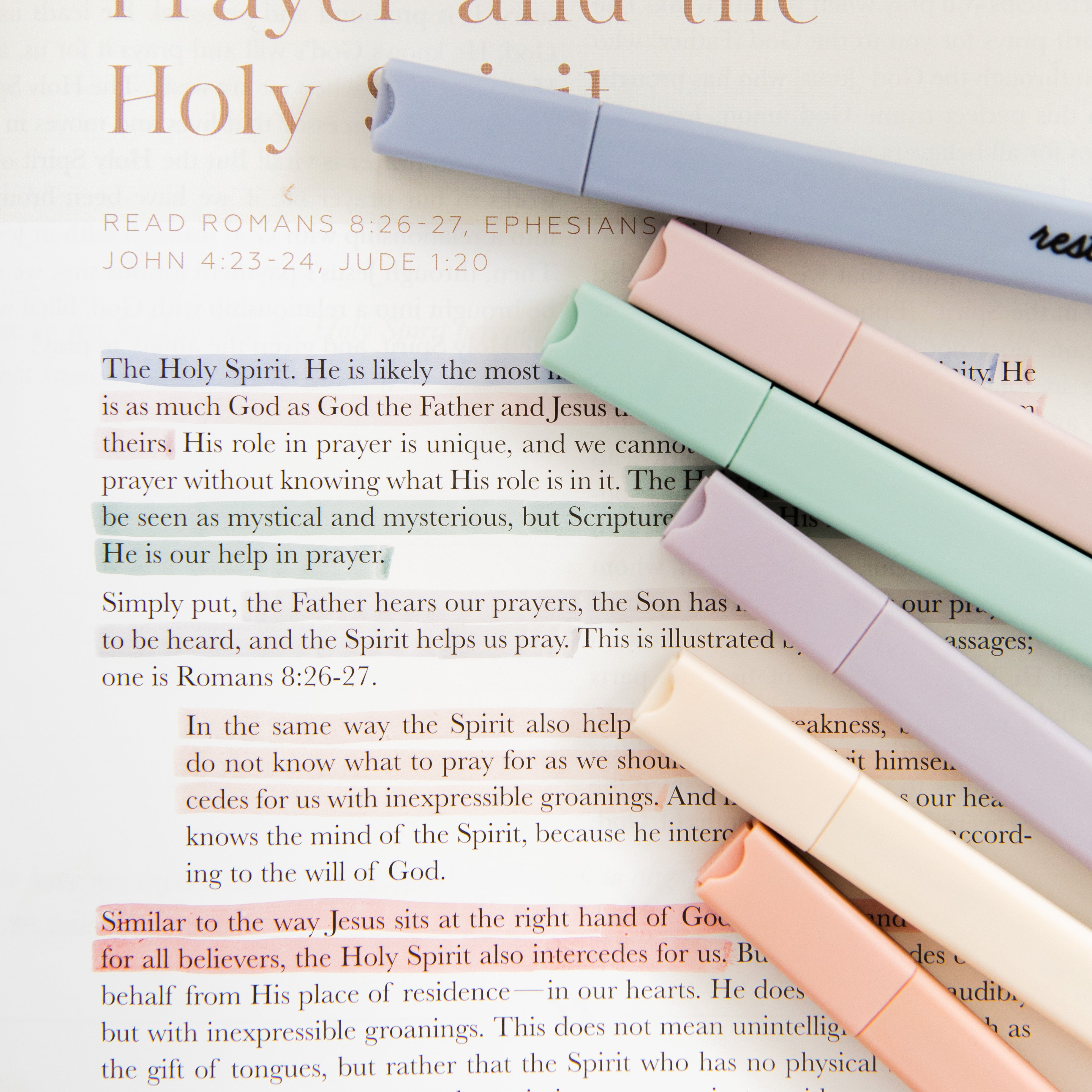There are so many times where I finish my quiet time, close my Bible, and then think: Wait, what did that passage even say? Forgetting what we read in Scripture can happen for numerous reasons. Maybe we were distracted when we were reading, or we were reading too fast, or we simply felt like we couldn’t concentrate. It’s easy to get down on ourselves when we don’t remember what we read in Scripture. But remember, God is gracious toward you, even when you struggle to recall His Word. Because of Christ’s grace and forgiveness, given to us through His salvation, we have assurance that God remains loving and gracious no matter how well we know His Word.

Even though remembering and internalizing what we read in our quiet time can be a struggle, we should still desire to know God’s Word well. Scripture is a gift to us because it helps us understand who God is and teaches us God’s wonderful plan of redemption through Christ. The more we intentionally read God’s Word, the more the truth of God’s Word will sink deep into our hearts and minds. And one simple but effective way we can read with intention is by using Bible study tools such as highlighters. Highlighting can help to increase your reading comprehension and allow you to better meditate on and understand God’s Word. Here are three tips to implement highlighting into your study time.

1. Highlight verses that stand out to you or that you would like to meditate on.
One of the things I’m guilty of is coming across a verse or passage that stands out to me while reading, but not making note of it in the moment. And then when I want to find that place again, I struggle to locate it. This is why highlighting can be helpful when we read God’s Word. When you come across an especially impactful verse or passage in Scripture—something that you want to come back to and reflect on later—take the extra step to highlight those verses. Highlighting will help you to remember and meditate on what you are reading. And when you open your Bible again later, you can easily come back to the verse(s) you have highlighted and take the opportunity to enjoy and reflect on them again.
2. Use several highlighters to create a highlighting key for themes that appear throughout Scripture (these could include: promises of God, commands to obey, Scriptures that point to Christ, etc.).
There are so many things about the Bible that blow me away, but something that amazes me about God’s Word is the way certain themes are woven all throughout Scripture. There are themes—such as peace, rest, or God’s kingdom—that pop up continually while we are reading, and we can miss out on these instances if we aren’t reading Scripture intentionally. Using several highlighters to mark these themes is a great way to follow certain themes throughout the Bible. Creating a highlighting key for these themes can also allow you to come back to certain passages of Scripture when you want to study a certain theme more closely. For example, say that you have a friend who is going through a hard time. If you’ve been highlighting passages that speak of God’s promises in yellow, you can open up your Bible with this friend and look for those passages highlighted yellow and encourage your friend with them.
3. Use highlighters to remember context-specific information like the who, what, when, where, and why of the text.
When we read Scripture, it is so important that we consider the context of the book we are reading. Doing so informs us of details such as time, setting, or audience that help us to interpret God’s Word wisely and accurately. While we can locate these details on our own, highlighting them in specific colors can help us indicate and remember things like:
- Who is writing
- Who is being written to
- What is being commanded or spoken by God
- When the book was written
- Where the book was written or where the events of the book took place
- Why the book was written
For example, if you are reading the book of Romans, you might highlight the first seven verses in this way:
Yellow for who (the author): “Paul, a servant of Christ Jesus, called as an apostle and set apart for the gospel of God…”
Green for what (the gospel): “...which he promised beforehand through his prophets in the Holy Scriptures—concerning his Son, Jesus Christ our Lord, who was a descendant of David according to the flesh and was appointed to be the powerful Son of God according to the Spirit of holiness by the resurrection of the dead. Through him we have received grace and apostleship to bring about the obedience of faith for the sake of his name…”
Red for who (the audience): “…among all the Gentiles, including you who are also called by Jesus Christ. To all who are in Rome, loved by God, called as saints.”
Highlighting helps you to know and understand God’s Word better. So if you’re not using highlighters already, consider using these tools to aid your Bible Study. The Daily Grace Co. has a selection of highlighters you can choose from, so follow any of the links below to start highlighting!











